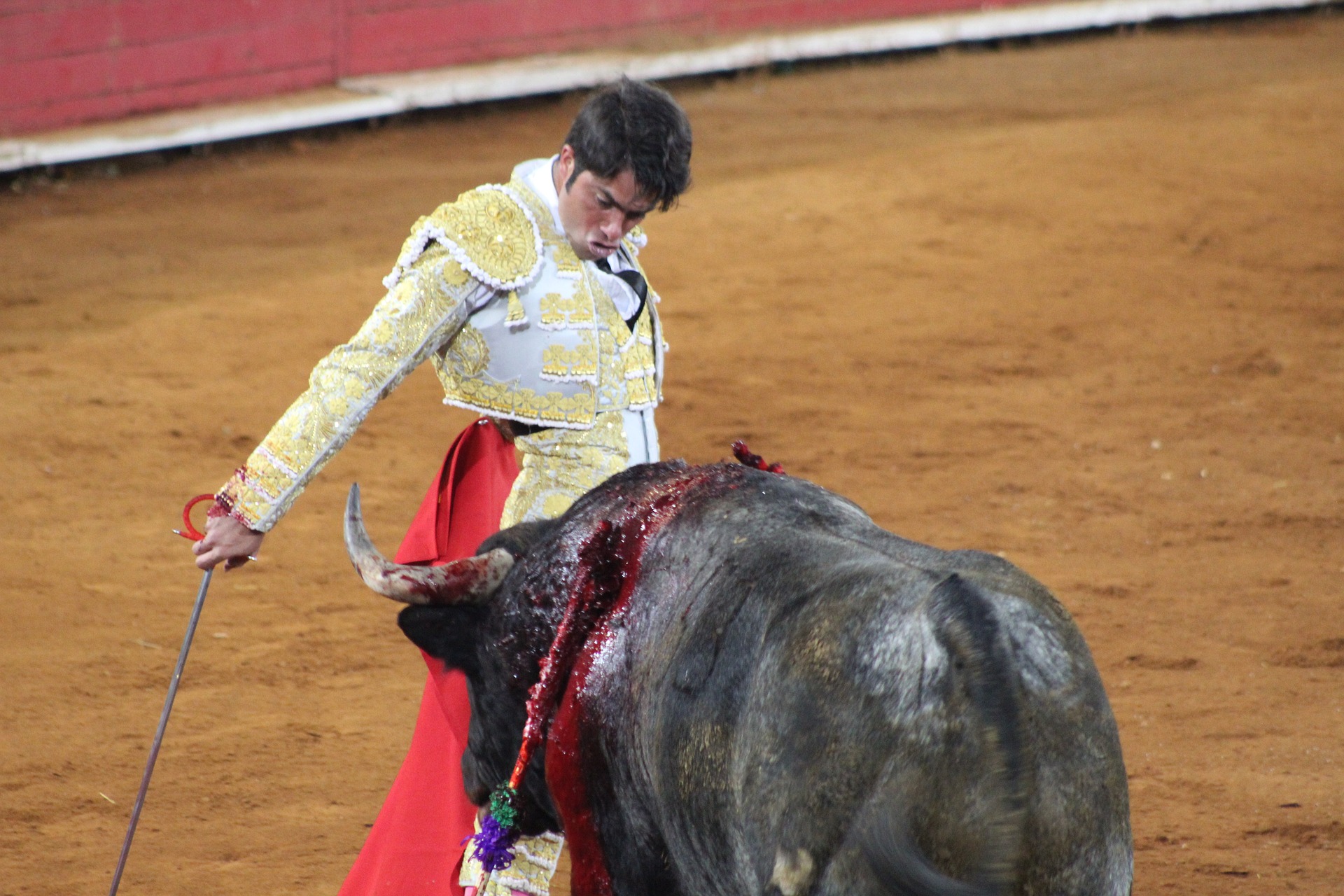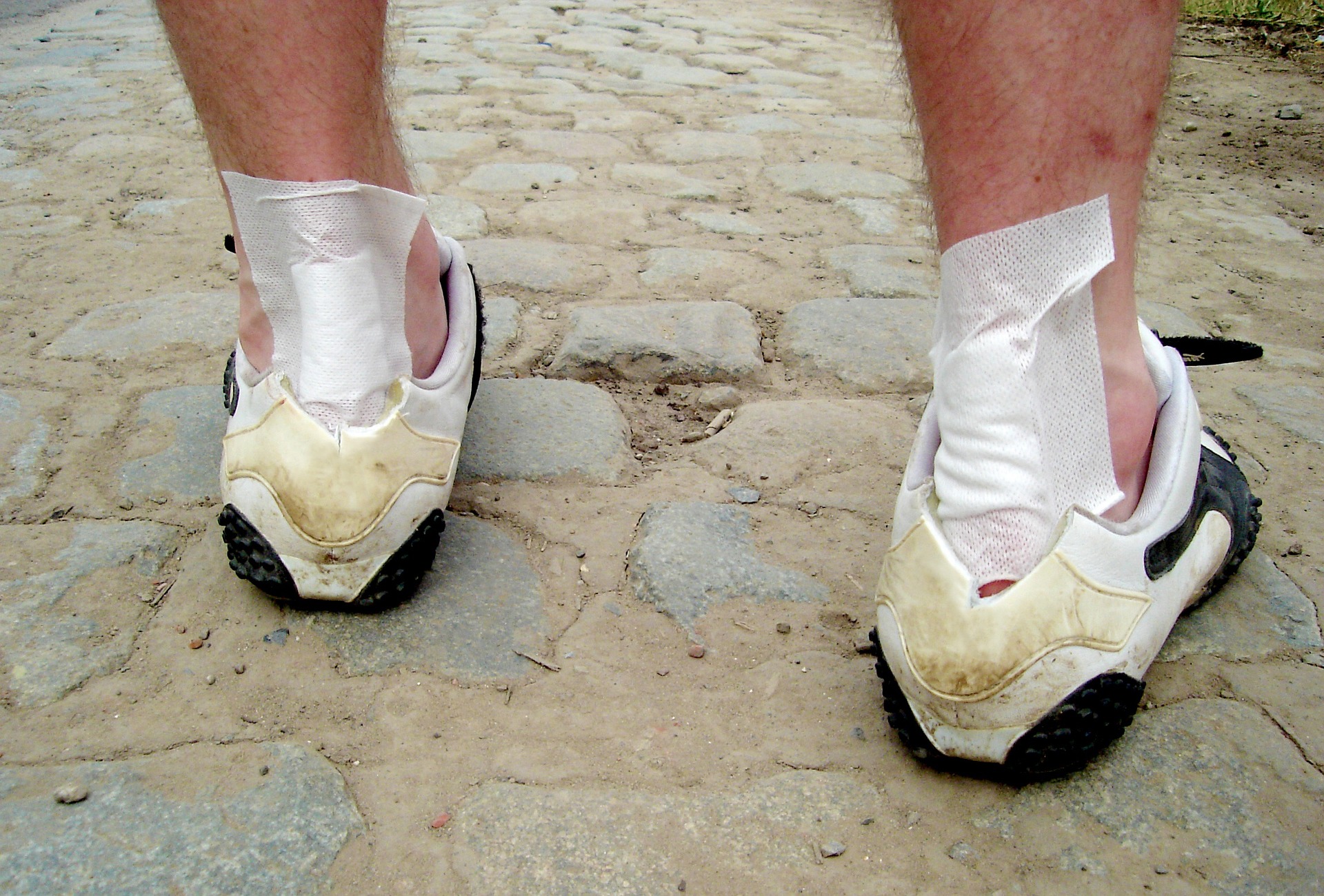This gruesome story illustrates a valuable fact of combat – defensive use of the line of attack. The angry bull charges the lone matador, yet the bull cannot gore the matador with his horns. With a subtle turn of the hips, the matador avoids the bull by inches. He does this repeatedly until the bull collapses from exhaustion or is stabbed to death by the matador’s swords.
Nothing is more important than getting off the line of attack. Avoiding the assault is half the element of an effective block or defense strategy. Conserve your defenses for the long fight, not for a few heavy assaults, by not performing extraneous movements. Here are some advantages of using slight movements to avoid getting hit:
Off The Line Of Attack
Moving off the line throws off the opponent’s attack when its target and defenses move. The opponent must now realign to the new battleground. On the other hand, you have moved into a tactically better position for a counter-assault. Attack the opponent as they pass by, like a strafing maneuver used by the matador as they stab the bull with his sword.
“Standing on the defensive indicates insufficient strength; attacking, a superabundance of strength.” ― Sun Tzu, The Art of War
Defend The Area Not Attacked
This phrase is another way of thinking about the line of attack. My ninjutsu instructor explained it like this, “Imagine an army sets up for a long siege of a castle. The trenches are dug, the breaching towers constructed, and the battering rams assembled. Then the castle moves.”
All their carefully built setups for the assault become useless now that their target isn’t there. The change destroys the opponent’s plan of attack; they must now readjust to the new position and location.
“The offense may not travel but defense travels, and that’s what we try to do.” ― George Hill
Force The Enemy To Reposition
The previous two phrases build to this goal, forcing the enemy to reposition. You are the commander of the fight. Force your opponent to move where you want. Mike Tyson’s Peek-a-Boo style forced his opponents to realign to the quick-moving Mike or get hit. We know from the brief fights that most of Mike’s opponents didn’t reposition in time and got hit.
“Everyone has a plan ’till they get punched in the mouth” ― Mike Tyson
Move The Target, Move Your Head
Generally, fighters want to hit you in the head in hopes of a quick knockout. That’s their primary target. Therefore, move the head and keep it moving. Keep your head off the line of attack and reposition your body to different angles. In Kempo, we have developed a habit of a stationary head to survey the field. Stop that and move the head and body. You want to command what happens when you hit and how the opponent must move to address your tactics.
“There’s only one basic principle of self-defense―you must apply the most effective weapon, as soon as possible, to the most vulnerable target.” ― Bruce Lee.
The first move of every technique is the most important; it sets up a chain reaction of attacks and countermoves. Unless you can effectively perform the first move, none of the other moves matter. The first move always addresses the assault and often involves getting off the line of attack. It’s defending the area, not under attack because you moved the battlefield. Focus on this training element, and you will discover a principle of the fist that is immutable and core to ultimate success.
“Self-defense is not just a set of techniques; it’s a state of mind, and it begins with the belief that you are worth defending.” ― Rorion Gracie.
Want to learn more about fancy footwork and pugnacious punches? Try our Kicks and Sticks program, which combines Kickboxing and Stickfighting. Join today and get a free gift.


